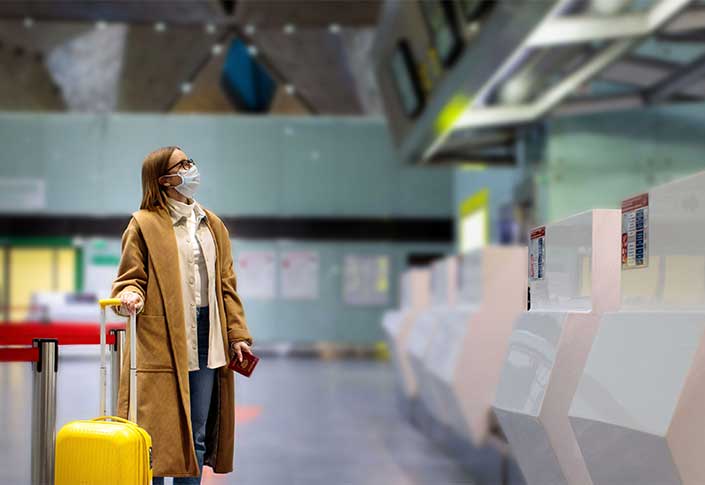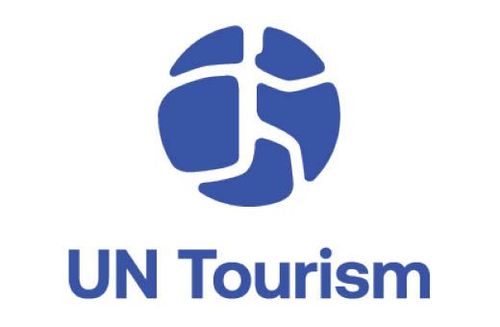Where travel agents earn, learn and save!
News / 70% of destinations have lifted travel restrictions, but global gap emerging
"The lifting of travel restrictions is essential to drive our wider recovery from the social and economic impacts of the pandemic"

December 2 - The number of destinations closed to international tourism has continued to fall. According to the eighth edition of the UNWTO Travel Restrictions Report, 70% of all global destinations have eased restrictions on travel introduced in response to the COVID-19 pandemic. In comparison, just one in four destinations continue to keep their borders completely closed to international tourists.
Launched by the World Tourism Organization at the start of the pandemic, the Travel Restrictions Report keeps track of measures being taken in 217 destinations worldwide, helping to support the mitigation and recovery efforts of the tourism sector. For this latest edition, the methodology has been updated to offer insights into the tourism flows of destinations, as well as to explore the link between health and hygiene infrastructure, environmental performance and any potential connection to travel restrictions.
Steadily opening back up
The Report shows that, as of 1 November, a total of 152 destinations have eased restrictions on international tourism, up from the 115 recorded on 1 September. At the same time, 59 destinations have kept their borders closed to tourists, a decrease of 34 over the same two-month period.
UNWTO Secretary-General Zurab Pololikashvili said: “The lifting of travel restrictions is essential to drive our wider recovery from the social and economic impacts of the pandemic. Governments have an important part to play in giving data-led and responsible travel advice and in working together to lift restrictions as soon as it is safe to do so.”
Who eased restrictions faster?
Looking further into current COVID-19-related travel restrictions, the report sheds new light on the factors connecting those destinations which have eased restrictions and those where borders remain closed. The study found that destinations with higher scores in health and hygiene indicators as well as on the environmental performance index are among those which have eased restrictions faster. Moreover, these destinations are increasingly applying differentiated, risk-based approaches to implementing travel restrictions.
In comparison, destinations choosing to keep their borders closed tend to be within emerging economies with relatively low scores in health and hygiene indicators and environmental performance index. The majority of these destinations are in Asia and the Pacific, with many belonging to the SIDS (Small Island Developing States), LDCs (Least Developed Countries) or LLDCs (Landlocked Developing Countries).
Regional differences
As in previous editions, the new UNWTO Travel Restrictions report also breaks the destination analysis down by regions. Europe continues to lead the way in lifting or easing travel restrictions followed by the Americas, Africa and then the Middle East. Meanwhile, Asia and the Pacific continues to be the region with the fewest travel restrictions eased and more complete border closures in place for international tourism.
Looking ahead, the report highlights the important role governments can play in restarting tourism. Out of the ten biggest tourism source markets, four (representing 19% of all outbound trips in 2018) have issued guidance advising against all non-essential international travel. The other six (representing 30% of all outbound trips in 2018), however, have issued more nuanced travel advisories, basing their guidance on evidence-based risk assessments.
More Travel News:
TPG’s parent company buys Lonely Planet in major expansion of travel portfolio
WTTC and the Government of Spain host major international conference focusing on the recovery of global Travel & Tourism
Aviation 2020 to 2030. A COVID reality check for airlines
G Adventures: Travel with Confidence into 2021











